Let’s face it, girls – who among us does not want a firmer, rounder butt? Even those who are blessed with a shapely derriere would still go lengths to make it better looking than what it already is! And most of you do try and work for what you want. But what if you’re working it the wrong way? Is it all just about exercise? Any special weight loss programs or doing too much cardio like running and jogging is not advisable as we’re looking at adding more mass, not reduce it. What your glutes need is resistance training and weight training to add size and tone to them.

The glutes muscles consist of three separate muscles: the gluteus maximus, gluteus medius, and gluteus minimus. Randomly selecting three or four different exercises for a big butt workout will not insure you are hitting all the three muscles, when the aim is to hit all three for maximum muscle stimulation and growth. Outlined below are some of the best proven butt-building exercises; on lower-back training days, choose three from the list:
Squats
Squats are an excellent way to start training for a firmer butt. Add resistance to the exercise by holding dumbbells in your hands or a barbell across the shoulders. If you’re using the bar with heavy resistance, make sure you have a spotter. Also keep in mind that varying the width of your feet will change the emphasis of your exercise. The closer together your feet are, the more your quads will work. The further apart they are, more impact is felt in your hips and butt. For first timers, ask a trainer to spot you to make sure you’re doing your squats properly. If you’re training at the gym, the leg press machine may be easier to use than dong squats with a bar, and it’s equally effective.
Lunges
There are several types of lunges: stationary, walking, alternating and side lunges. Beginners may start with the stationary lunge. Begin by holding two dumbbells to the side of your body. Bring one leg forward and stand so that you have good balance. Bend both legs and allow the dumbbells to bring your body down towards the ground, making sure your front knee does not go past your toes while, simultaneously, the other knee will almost touch the floor; then come back up. Do all of the reps with one leg forward and then continue with the second leg.
Hip Extensions
Lie face-down on a bench with hips on the edge of the bench, legs straight with toes resting lightly on the floor. Squeeze your glutes and hamstrings and straighten the legs until they are level with the hips. Alternately, lift one leg higher than the other. Move each leg as though you are doing a flutter kick in water. On completion of 3 sets of 20 reps on each leg, contract your glutes and hamstrings so that your legs are parallel with the floor and move your legs open, then close. When you close them, have one leg cross over the other. Try doing 2-3 sets of 20 repetitions on each leg.
 Deadlifts
Deadlifts
Deadlifts are excellent for your hamstrings, butt, and lower back, but form is critical. Start by standing with your feet hip-width apart, and your weights (bar or dumbbells) in front of your thighs. Keeping your back flat and tucking your abs in, bend forward from the hips and lower your torso until your weights reach your shins. Then squeeze your butt and raise back up. Keep your weights close to your legs throughout, with just the slightest bend in the knees. Do not hyper extend your knees. Do 3 sets of 8-10 reps.
Step-ups and stair climbing
The trick is to target your butt muscles more and not so much your leg muscles. The best way to do this is by skipping a step or maybe two steps when climbing stairs. Step-ups on a chair, a bench, or any other sturdy surface at least 1.5 to 2 feet off the ground are also excellent ways to target your glutes. If possible, use added weight, such as dumbbells or kettlebells, for greater resistance to activate more muscle fibres, and thus more muscle growth. Feel your body weight as you step down through your heel of each foot. Start at 20 minutes 3 days per wk. If you want to make noticeable changes, step your way up to 30-45 minute sessions, 5-6 days a week.
It’s important to note that you the shape of your butt is primarily based on genetics. Workout and diet can help you build muscle but your genetics will decide how much your butt can really change.
 But, then again, too much of exercising can actually hinder your progress. Not doing the proper amount of reps and sets can also be counter-productive to increasing size. As has always been stressed, recovery time and workout frequency are of vital importance for mass building. Consistency is absolutely key. And lastly, protein intake is crucial to muscle growth. You may train as hard as a professional bodybuilder, but if you don’t get the protein needed to supply your glutes with the amino acids needed to grow those muscles, you will only be reaping frustration, but no results.
But, then again, too much of exercising can actually hinder your progress. Not doing the proper amount of reps and sets can also be counter-productive to increasing size. As has always been stressed, recovery time and workout frequency are of vital importance for mass building. Consistency is absolutely key. And lastly, protein intake is crucial to muscle growth. You may train as hard as a professional bodybuilder, but if you don’t get the protein needed to supply your glutes with the amino acids needed to grow those muscles, you will only be reaping frustration, but no results.


 Traqade
Traqade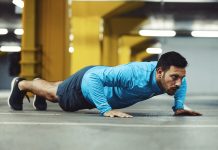
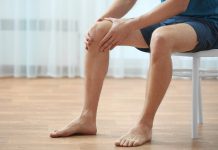





















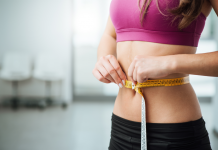


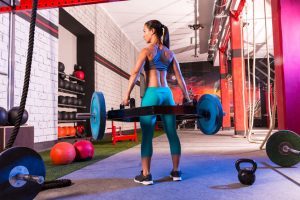






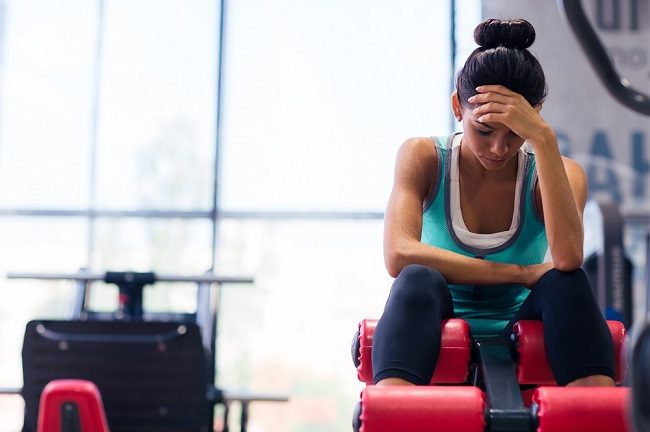
Hi, you want to meet beautiful fit girls who are always watching your figure then you need in miami escort agency we have the best girls here.
This definitely helped me out